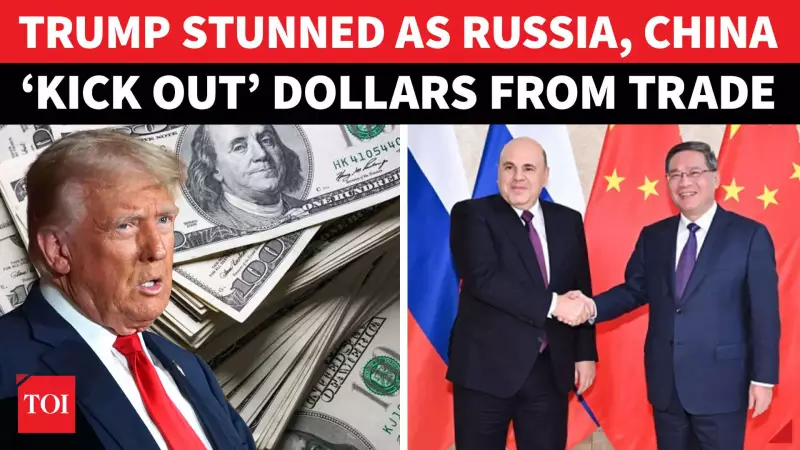
In what financial analysts are calling a tectonic shift in global economic dynamics, the strategic partnership between Russia and China has delivered a stunning blow to US dollar dominance. The two economic powerhouses have successfully implemented their de-dollarization strategy, with bilateral trade now predominantly conducted in rubles and yuan.
The Dollar's Dramatic Decline
Recent trade data reveals an astonishing development: the US dollar's share in Russia-China transactions has plummeted to negligible levels. This represents one of the most significant challenges to dollar supremacy in modern economic history.
The strategic embrace of national currencies marks a calculated move by both nations to reduce their exposure to Western financial systems and potential sanctions. "This isn't just about trade; it's about reshaping the entire global financial architecture," noted one economic strategist.
Trump's Reported Surprise
Sources indicate that former US President Donald Trump has expressed astonishment at the speed and effectiveness of the de-dollarization process. The rapid adoption of ruble-yuan settlements has exceeded many Western expectations, signaling a new era in international trade dynamics.
Implications for Global Trade
The successful implementation of this currency strategy carries profound implications:
- Reduced Western financial leverage in international disputes
- Potential creation of alternative global payment systems
- Shift in how emerging markets approach currency reserves
- New opportunities for countries seeking to diversify from dollar dependency
This development represents more than just bilateral trade adjustment - it signals a potential fundamental restructuring of global economic relationships that could reshape international politics for decades to come.





